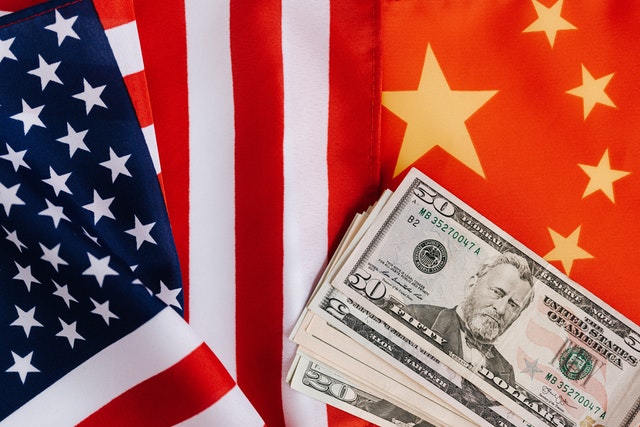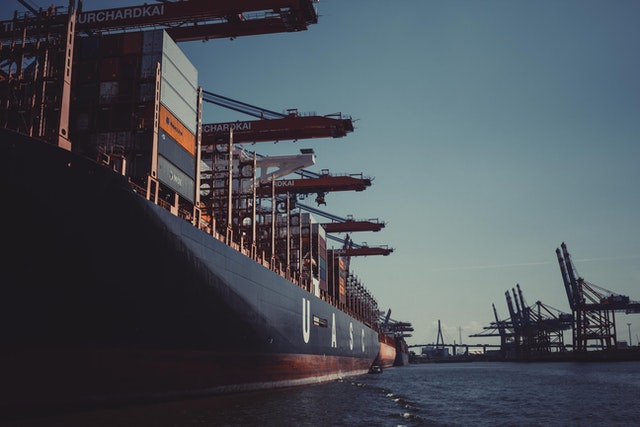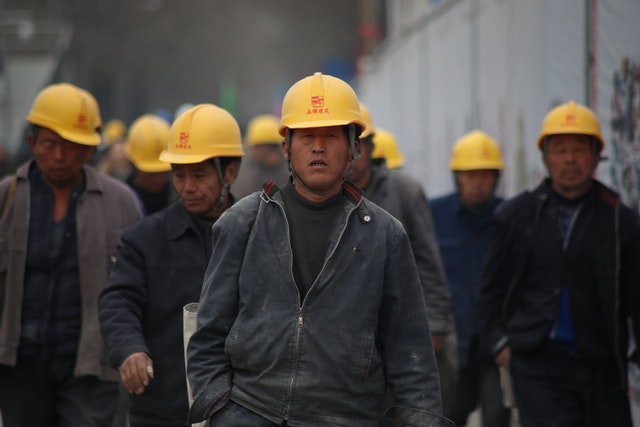Uyghur Forced Labor
Widespread Forced Labor
A forced labor situation occurs when people must work against their will. It usually comes along with fraud, force, and coercion. In 2016, the International Labor Organization (ILO) estimated the number of forced labor workers worldwide at 24.9 million. Victims of forced labor come from various backgrounds. However, human trafficking and abuses affect women and children the most.
What Is the Uyghur Forced Labor?
Xinjiang is the North-West region of the People’s Republic of China (PRC). The Chinese Communist Party (CCP) oppresses over a million Muslim Uyghurs, with other minorities like Christians. These minorities can be detained in camps and forced to work in factories. Additionally, many receive little payment for their work, are not allowed to leave the workplace, and are forbidden to communicate with their families.
Recognition of Chinese Forced Labor
Several countries recognize and condemn China for forced labor and massive repression. Examples are the United States, Canada, the European Union, and the United Kingdom. Moreover, sanctions are in place to prevent forced labor and improve social responsibility.






